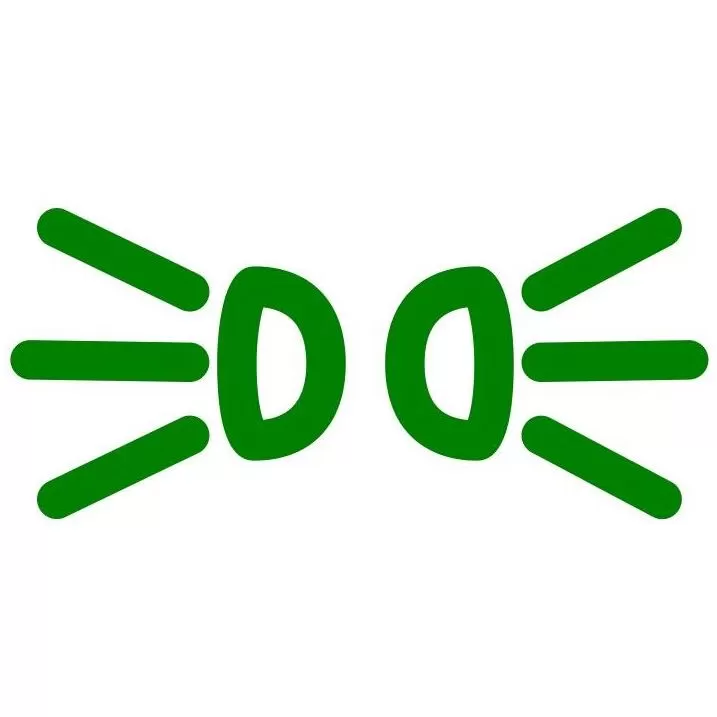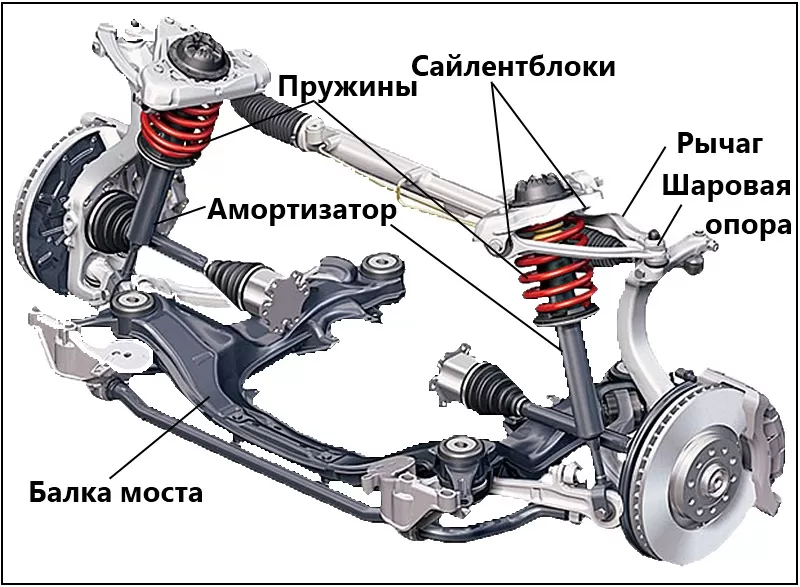
Unusual lights in the car - you know what they can mean?
Content
Along with the complex design of modern cars and the increase in the number of installed sensors, the importance and number of controls displayed on the dashboard is growing. Some of these, such as checking the engine, may prompt the need for an immediate visit to the workshop in order to avoid engine damage. Others indicate minor malfunctions or indicate the use of certain systems in the vehicle. See what other alerts your car might be giving you by turning on individual alerts. Some unusual controls in a car can really surprise drivers.
Dashboard lights - what do their colors mean?
When discussing issues related to unusual indicators in a car, one cannot fail to mention their colors, which allow the initial interpretation of the transmitted message.
Red lights in the car
The red light is a warning and indicates that the car has a serious performance problem and you should visit a mechanic as soon as possible. More often than not, this also means that you should not continue driving, and continuing to drive can seriously damage your vehicle. They turn on, signaling a faulty brake system, a critically low oil level in the engine, as well as a handbrake on, with which you should not continue driving, but you can after releasing it.
Yellow unusual lights in the car
On the other hand, turning on the amber light is intended to alert the driver to malfunctioning vehicle components, including, for example, low fluid levels, fuel, an improperly closed filler neck, or low tire pressure. Amber lights also come on before starting the engine and indicate alternator operation (battery icon), ABS, airbag deployment, ESP deployment, or glow plug heating, i.e. standard steps before starting the engine. As you can see, a glow of this color does not necessarily mean that you need to go to a service center soon, but you definitely should not ignore it.
Green and blue lights in the car
Green lights - blue on some models - are a confirmation that everything in your car is working properly and, for example, the dipped beam, high beam or fog lights are on. Other situations in which they can be seen are activated cruise control or parking lights. Do not forget that the indicators are also green.
Unusual lights in the car - what do they signal?
We briefly reviewed the main controls and noticed that not all of them indicate a failure. However, some unusual vehicle controls may surprise the driver and may be problematic to determine why they are activated. One such unusual control in a car might be, for example, checking the engine. Although it often comes on before the ignition is turned on and goes out soon after, its indication when the engine is running should not be underestimated. This is usually also accompanied by starting safe mode and will require a visit to the service, fortunately, this does not always mean an expensive intervention. The Check Engine lamp can appear as a result of even minor violations, especially if you drive with a gas installation.
Also unusual is a red indicator with an exclamation point in a triangle, the definition of which means "general signaling device", and if it is on or flashing, it can mean almost anything. Only a well-equipped mechanic can correctly interpret it. Few drivers also expect the yellow exclamation point indicator to turn on, indicating a transmission failure. Newer vehicles also have an orange low tire pressure warning light, shown as a flattened circle at the bottom and open at the top with an exclamation point in the middle - also in yellow. Green lights tend to have fewer tabs, but you might be surprised to see that Hill Climbing Assist is on, showing your car at a 45-degree angle.
Car headlights - you should know them all
Although not all unusual lights in your car need to be taken to the mechanic, and some even indicate that your car is working properly, you will certainly feel much more confident if you familiarize yourself with them in advance and try to remember what they mean. A complete description of the controls can usually be found in your vehicle's owner's manual, which is included as a booklet or can be downloaded from the Internet.

